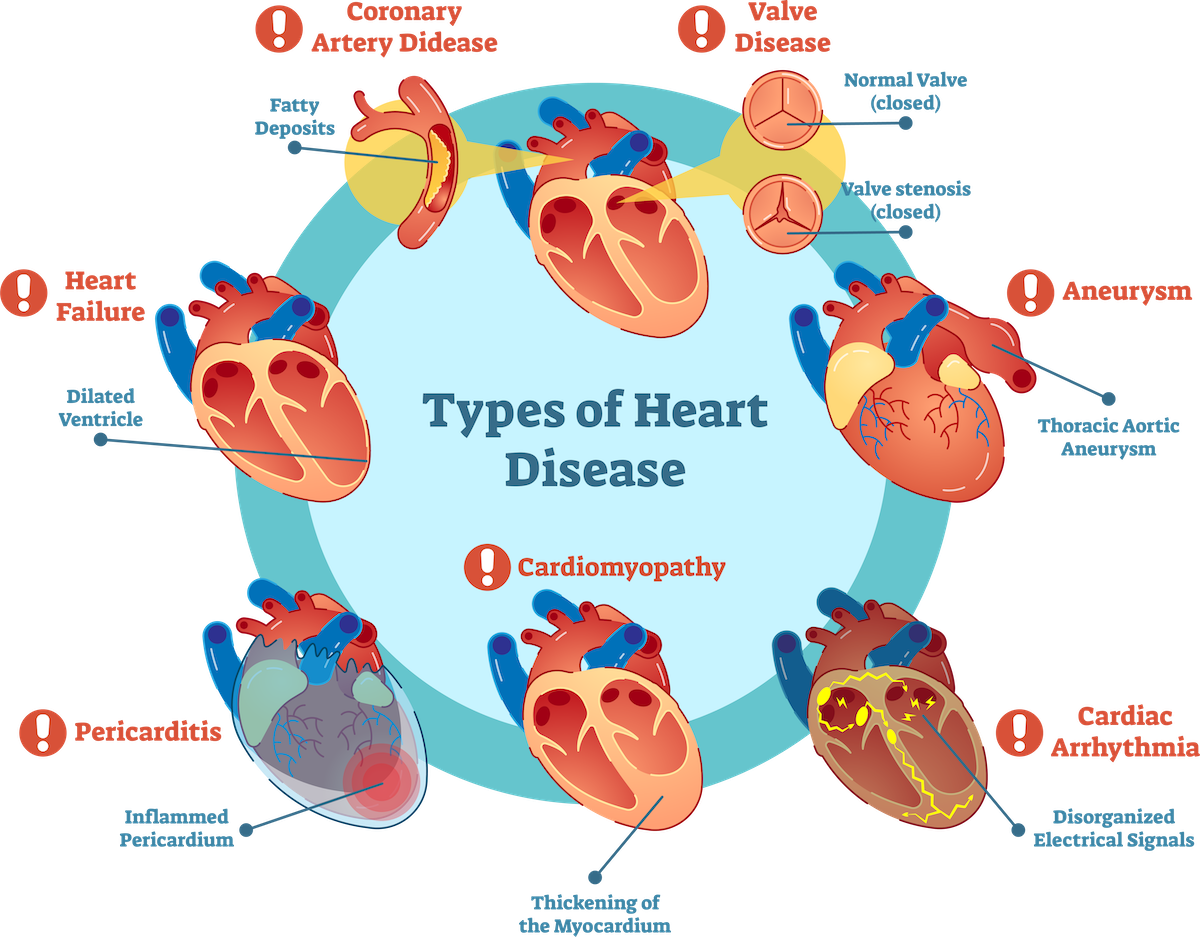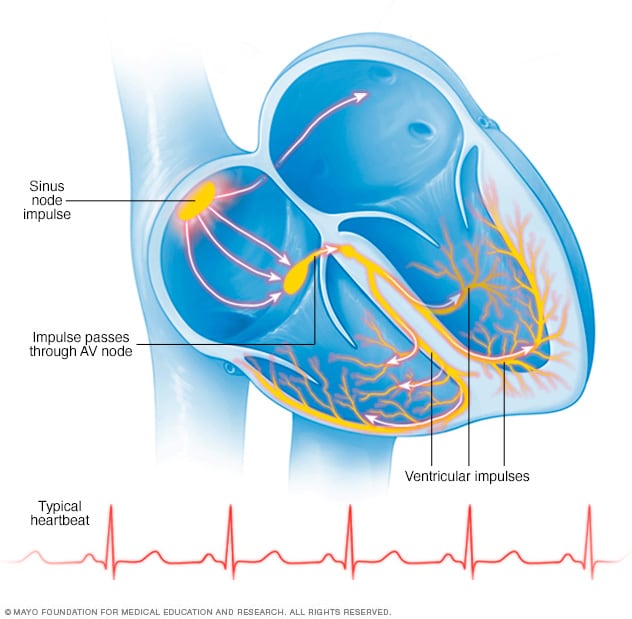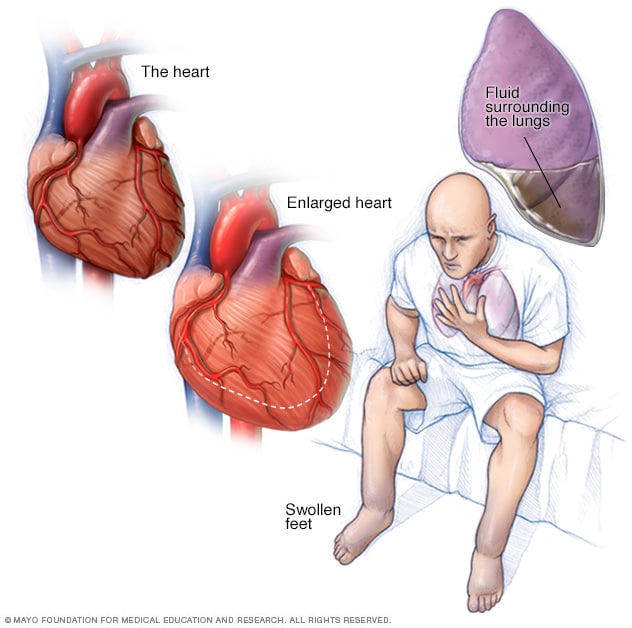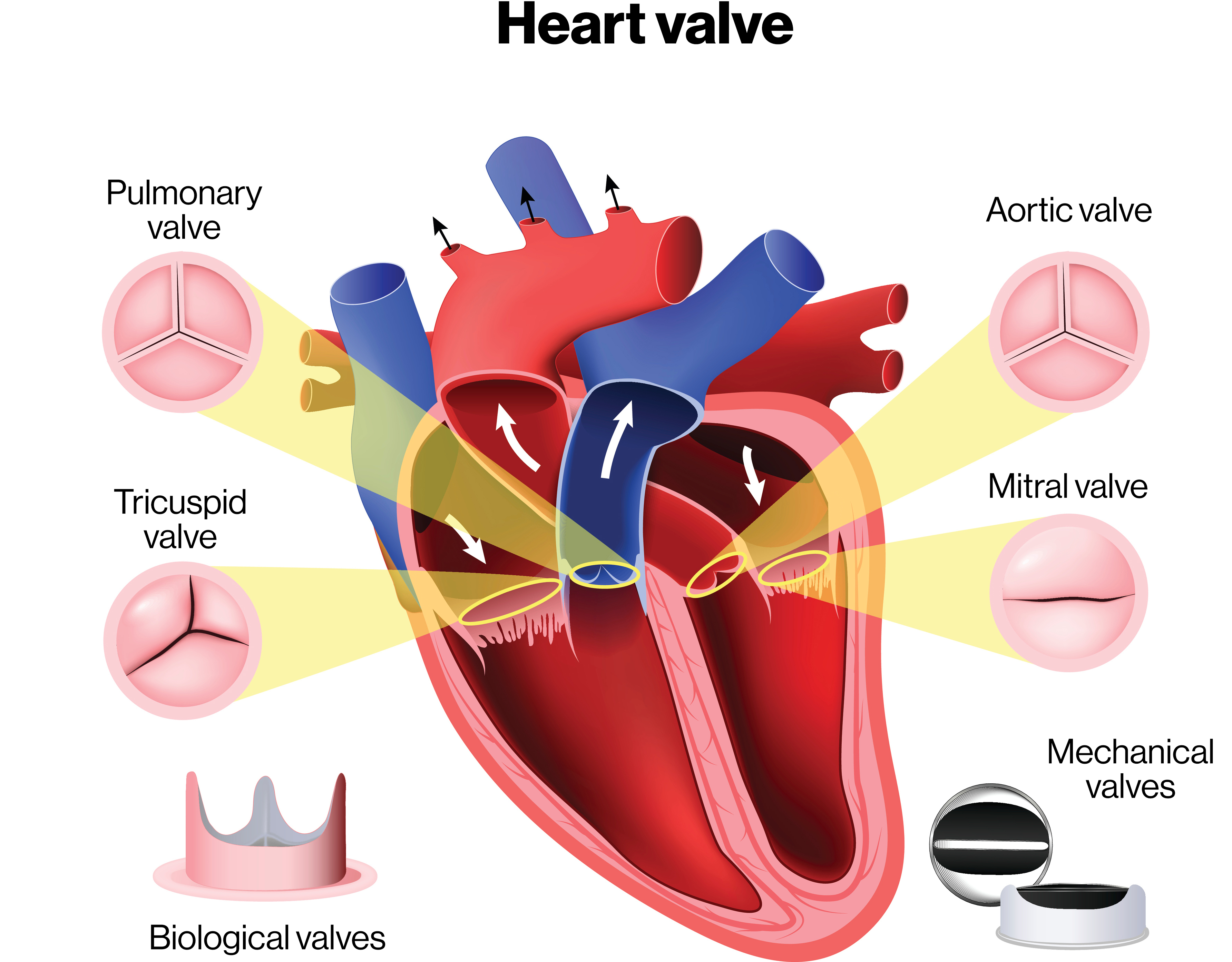There exist various forms of cardiovascular diseases, Types, Causes, and Symptoms each characterized by distinct symptoms and treatment modalities. For certain conditions, modifications in lifestyle and pharmacological interventions can significantly enhance health outcomes. In other cases, surgical intervention may be required to restore optimal cardiac function.
This overview explores several prevalent types of heart disease, causes and symptoms alongside strategies for prevention and therapeutic approaches.

Coronary Artery Disease (CAD), causes and symptoms
Coronary artery disease is the most frequently encountered cardiac condition. CAD occurs when the coronary arteries, which supply blood to the heart muscle, develop blockages. These blockages reduce blood flow, depriving the heart muscle of essential oxygen. The condition typically arises due to atherosclerosis, commonly known as the hardening of the arteries.
Symptoms of coronary artery disease can include chest pain, known as angina, and in severe cases, it can lead to a myocardial infarction, or heart attack.
Risk factors for CAD include:
- Age: The risk increases for men over 55 and women post-menopause.
- Physical inactivity
- Diabetes or metabolic syndrome
- Family history of coronary heart disease
- Genetic predisposition
- Hypertension (high blood pressure)
- Dyslipidemia: High levels of LDL cholesterol or low levels of HDL cholesterol
- Obesity
- Smoking
- Chronic stress
Heart Arrhythmias
Heart arrhythmias are characterized by irregular heartbeats. While they often arise from other cardiac conditions, arrhythmias can also occur independently.

Heart Failure
Heart failure occurs when the heart is unable to pump blood efficiently enough to meet the body’s needs. This condition is often a consequence of coronary artery disease but can also result from thyroid disorders, hypertension, cardiomyopathy, or other health issues.

Heart Valve Disease
The heart contains four valves that regulate blood flow between its chambers, the lungs, and the circulatory system. Valvular disease can arise when these valves do not open or close correctly, potentially leading to obstructed blood flow or regurgitation.
Common causes of heart valve disease include infections (such as rheumatic fever), congenital heart defects, hypertension, coronary artery disease, and heart attacks.

Pericardial Disease
Pericardial disease encompasses any pathology affecting the pericardium, the protective sac surrounding the heart. One of the more common forms is pericarditis, an inflammation of the pericardium, often caused by viral infections, autoimmune diseases like lupus or rheumatoid arthritis, or physical injury to the pericardium. Pericarditis frequently follows open-heart surgery.
Congenital Heart Disease
Congenital heart disease arises from developmental anomalies of the heart during fetal growth. These defects may present symptoms immediately after birth or manifest later in life.
Common congenital heart defects include septal abnormalities, such as holes in the heart’s septum, and pulmonary stenosis, where a narrowed valve reduces blood flow to the lungs. Another defect, patent ductus arteriosus, involves the failure of a fetal blood vessel to close at birth, leading to abnormal blood flow and increased cardiac strain. These conditions are typically managed through surgical procedures, interventions, or medication.

Cardiomyopathy (Heart Muscle Disease)
Cardiomyopathy refers to diseases of the heart muscle (myocardium), which may become stretched, thickened, or stiffened, weakening the heart’s ability to pump effectively. Causes can include genetic predispositions, adverse reactions to certain drugs or toxins (including alcohol), viral infections, and, in some cases, chemotherapy. Often, the precise etiology remains unidentified.



